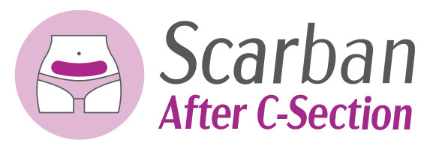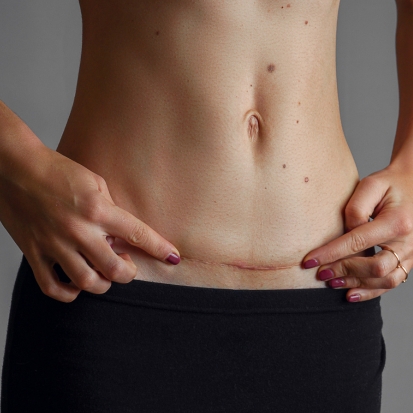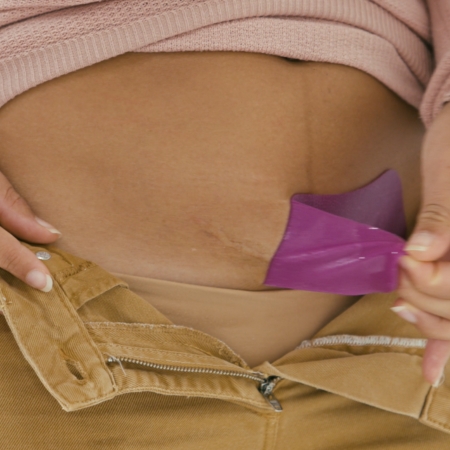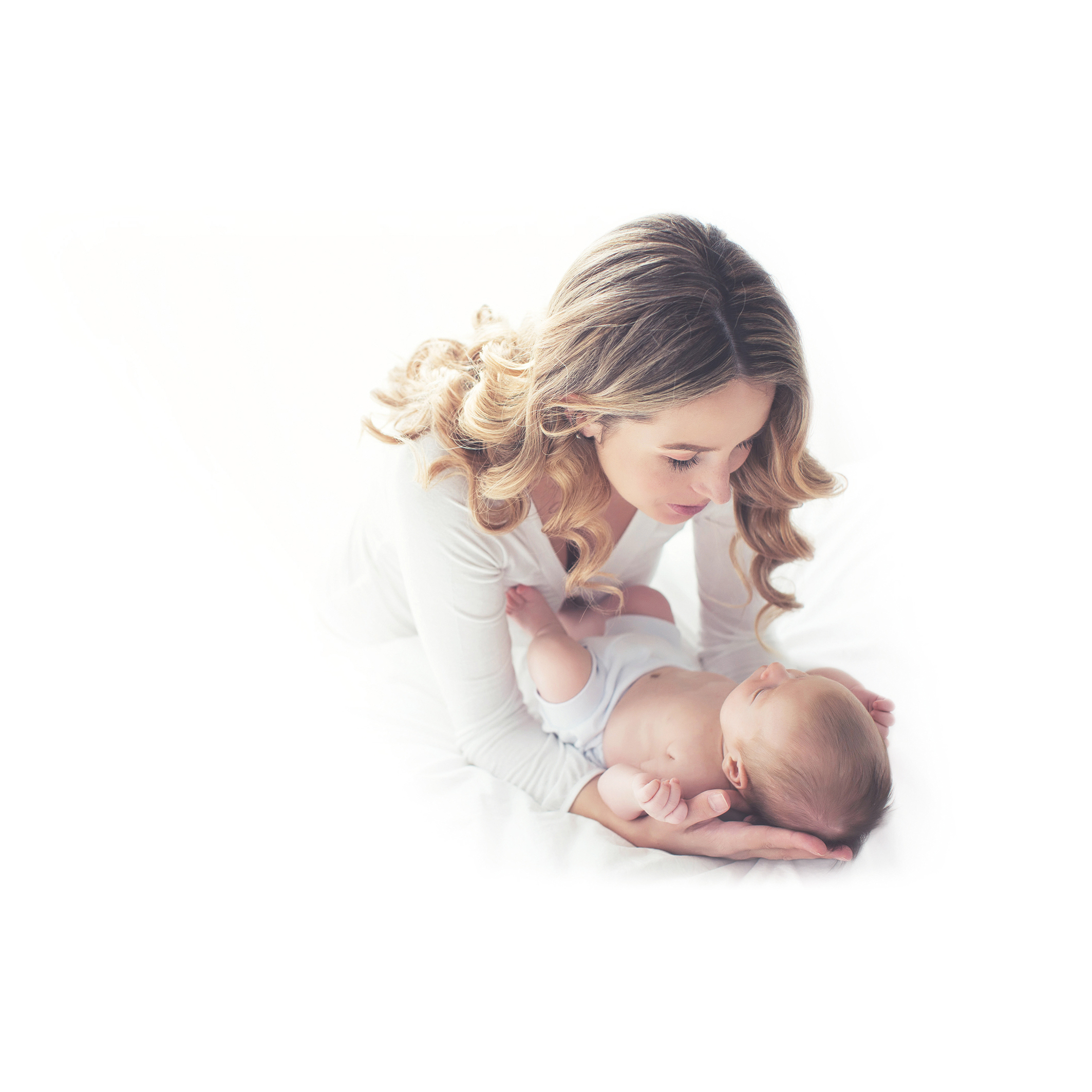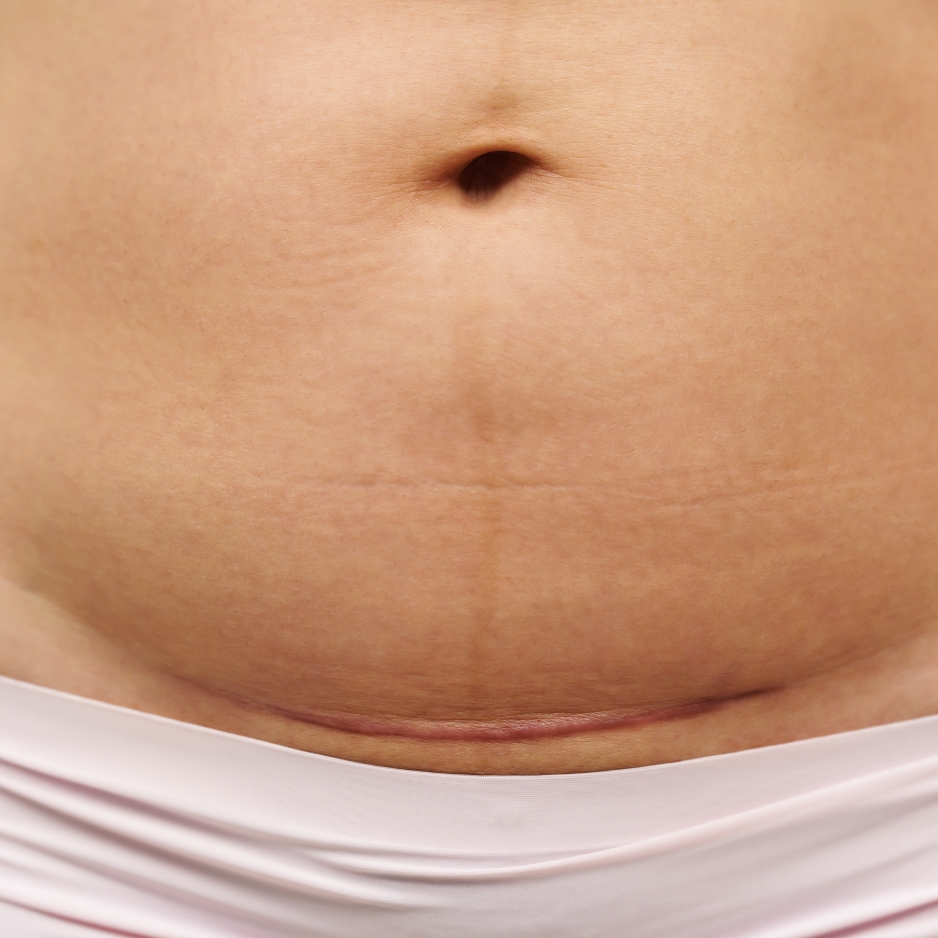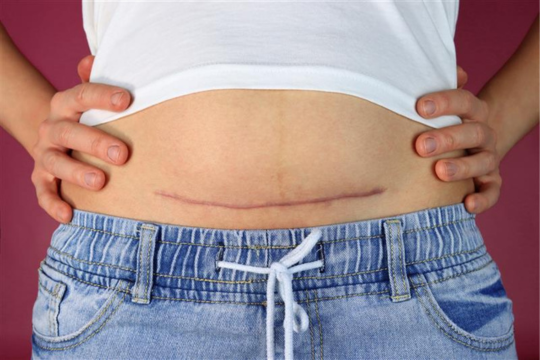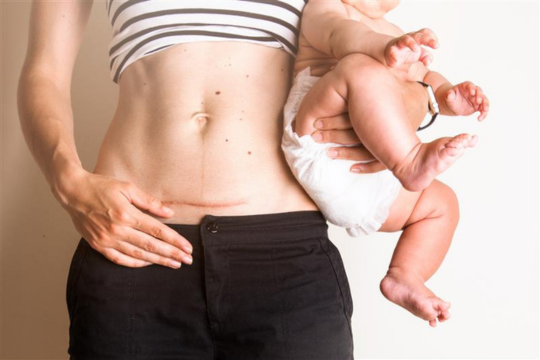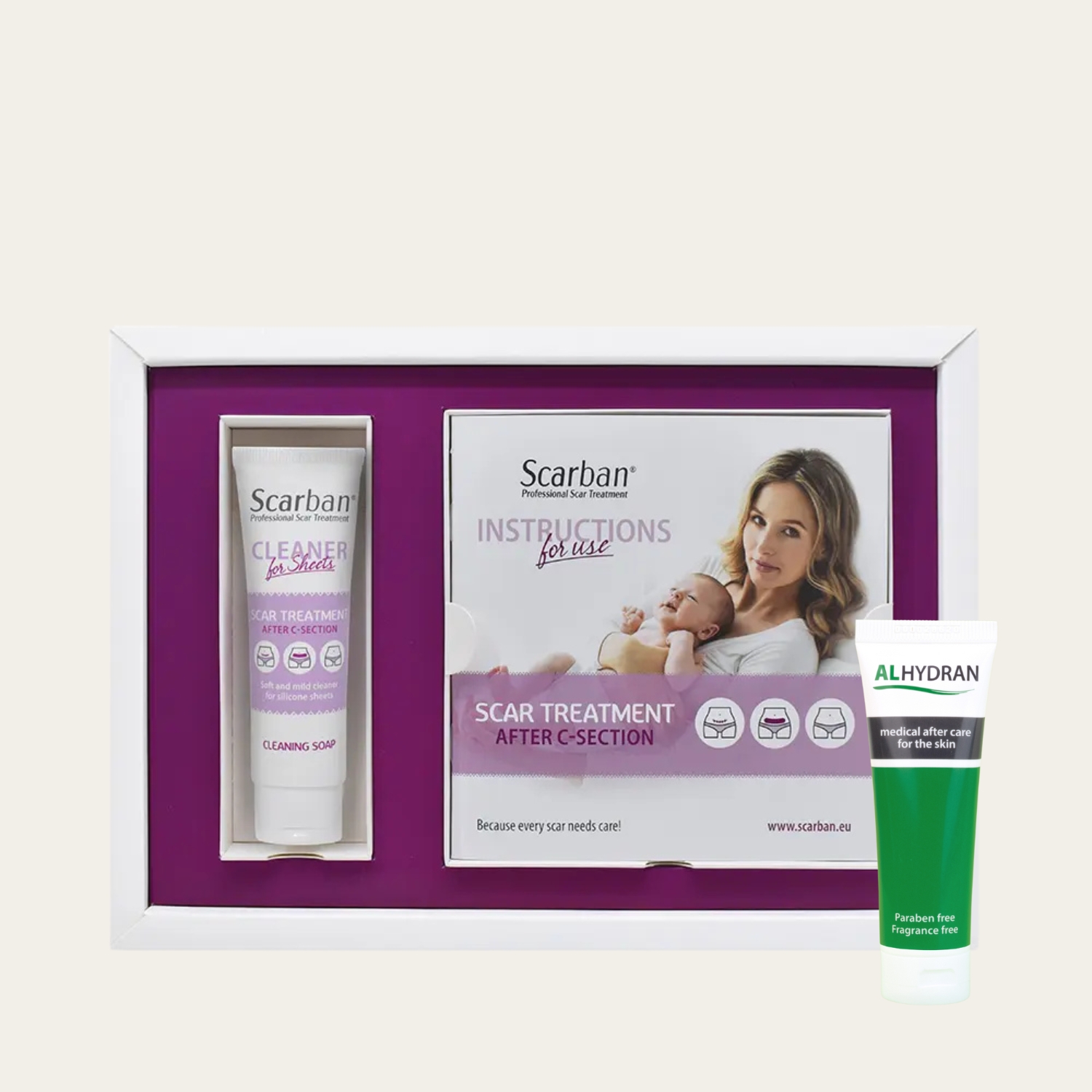Understanding C-Sections: A Guide to Preparation and Support
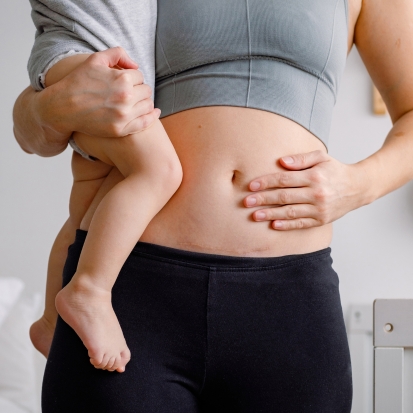
In the realm of childbirth, there's a spectrum of experiences, choices, and challenges. Among the myriad paths to motherhood, caesarean section (C-Section) births stand as a significant option, sometimes necessitated by medical conditions or chosen for various reasons. Yet, despite their prevalence, there often exists a veil of misconceptions and lack of awareness surrounding C-Sections. This blog covers everything from preparation tips to post-surgery recovery, including the importance of silicone scar sheets for optimal healing.
Understanding C-sections
Why C-Sections happen: Some C-sections are planned due to medical reasons like placenta previa or breech position, while others happen unexpectedly during labour complications. No matter the reason, every C-section is a valid birth experience. Making informed decisions with your healthcare provider ensures the best outcome for both mum and baby.
Safety and Risks: C-sections are common and generally safe, often saving lives in high-risk situations. However, like any surgery, they come with risks such as infection, blood loss, and a longer recovery period. Knowing what to expect can help you prepare for recovery and take steps to heal as smoothly as possible.
Emotional Well-being: Every mum experiences a C-section birth differently. Some feel strong and empowered, while others may struggle with feelings of disappointment if their birth didn’t go as planned. Talking to healthcare providers, loved ones, or support groups can help process emotions and create a positive recovery experience.
Preparation
Education and Communication: Attending childbirth education classes or digital courses that cover both vaginal and C-section births can help expectant parents understand the process and feel more prepared. Learning what to expect can reduce anxiety and provide useful coping strategies. It’s also important to keep open communication with healthcare providers throughout pregnancy. This allows parents to ask questions, make informed decisions, and create a birth plan that suits their medical needs and personal preferences.
Practical Preparation: Getting ready for a C-section involves both physical and practical planning. Packing a hospital bag with essentials, such as comfortable clothes and postpartum care items, can help make the hospital stay easier. It’s also useful to arrange support at home in advance, whether from family, friends, or professional services, to help with recovery and caring for the baby. Additionally, seeing a scar therapist can be beneficial for personalised advice on scar healing and recovery techniques.
Emotional Readiness: Being mentally prepared for childbirth can make a big difference. Staying flexible and positive helps in handling any unexpected changes. Joining support groups or speaking with a counsellor can offer emotional reassurance during pregnancy and after birth. Connecting with others who have experienced a C-section can also provide comfort and practical advice.
Building a Strong Support System for C-Section Recovery
Connecting with Other Mums: Recovering from a C-section can feel overwhelming, but connecting with other mums who have had C-sections can offer reassurance and support. Whether through online forums, social media groups, or local meetups, sharing experiences and tips can help ease concerns and boost confidence in your recovery.
Partnering with Your Healthcare Team: A trusting relationship with your healthcare provider ensures you feel informed and supported. Ask questions, discuss your birth preferences, and seek clear explanations about your care. Being involved in decisions about your delivery and recovery helps you feel more in control.
By staying informed and building a support network, you can navigate your C-section journey with greater confidence and peace of mind.
C-Section Recovery Timeline
Recovering from a C-section is a journey, and every mum heals at her own pace. In the first few days, you’ll need plenty of rest, with pain management and gentle movement encouraged to prevent blood clots. Keeping an eye on your incision for any signs of infection is also important. During weeks 1-2, avoid heavy lifting and sudden movements, keep your scar clean and dry, and wear loose clothing to prevent irritation. As you reach weeks 3-6, you can slowly increase movement, and this is also the best time to start using silicone scar sheets to help your scar heal smoothly and fade over time. However, make sure to start using silicone scar sheets only when the wound is fully healed to avoid irritation or infection. Staying hydrated and eating well will also support your skin’s recovery.
Beyond six weeks, continue using silicone sheets for scars and consider using a hydrating cream to massage your scar, such as Alhydran, to improve flexibility and keep the skin nourished. For more information, you can read our blog on how to use Alhydran and Scarban C-section together for effective scar management.
Scarban C-section silicone sheets have 50 UPF protection, helping to shield your scar from sun exposure and preventing it from darkening over time. For a detailed week-by-week recovery guide, read our blog: C-section recovery: A week-by-week guide for UK mums.
C-Section awareness extends beyond mere acknowledgment of the procedure; it encompasses understanding, preparation, and support for individuals embarking on this unique childbirth journey. Preparing for and recovering from a C-section requires patience, proper care, and the right support. Using silicone scar sheets can significantly improve the healing process, helping your scar fade effectively over time.
For expert advice on how to care for your Scarban C-section silicone sheets, read our dedicated guide: How to look after your Scarban C-section.
FAQs
What is a C-section, and why is it needed?
A C-section is a surgical birth method used when vaginal delivery poses risks, such as prolonged labour, fatal distress, or abnormal baby positioning.
How can I prepare for a C-section?
Discuss the procedure with your doctor, follow pre-op instructions, and arrange for post-surgery support at home.
What is the C-section recovery process like?
Recovery includes a few days in the hospital and several weeks of rest at home. To support healing, consider using the Scarban C-Section Recovery Kit, which helps reduce scarring and protects your incision. Avoid heavy lifting, keep the incision clean, and follow medical advice.
What are the possible risks of a C-section?
Potential risks include infections, blood loss, anaesthesia complications, and a longer recovery time than vaginal birth. Proper post-surgery care, including scar management, can help minimize complications.
How can I support someone having a C-section?
Help with daily tasks, provide emotional support, and encourage them to follow post-surgery care instructions. Gifting them the Scarban C-Section Recovery Kit can be a thoughtful way to aid their healing process.
About the Author

Categories
